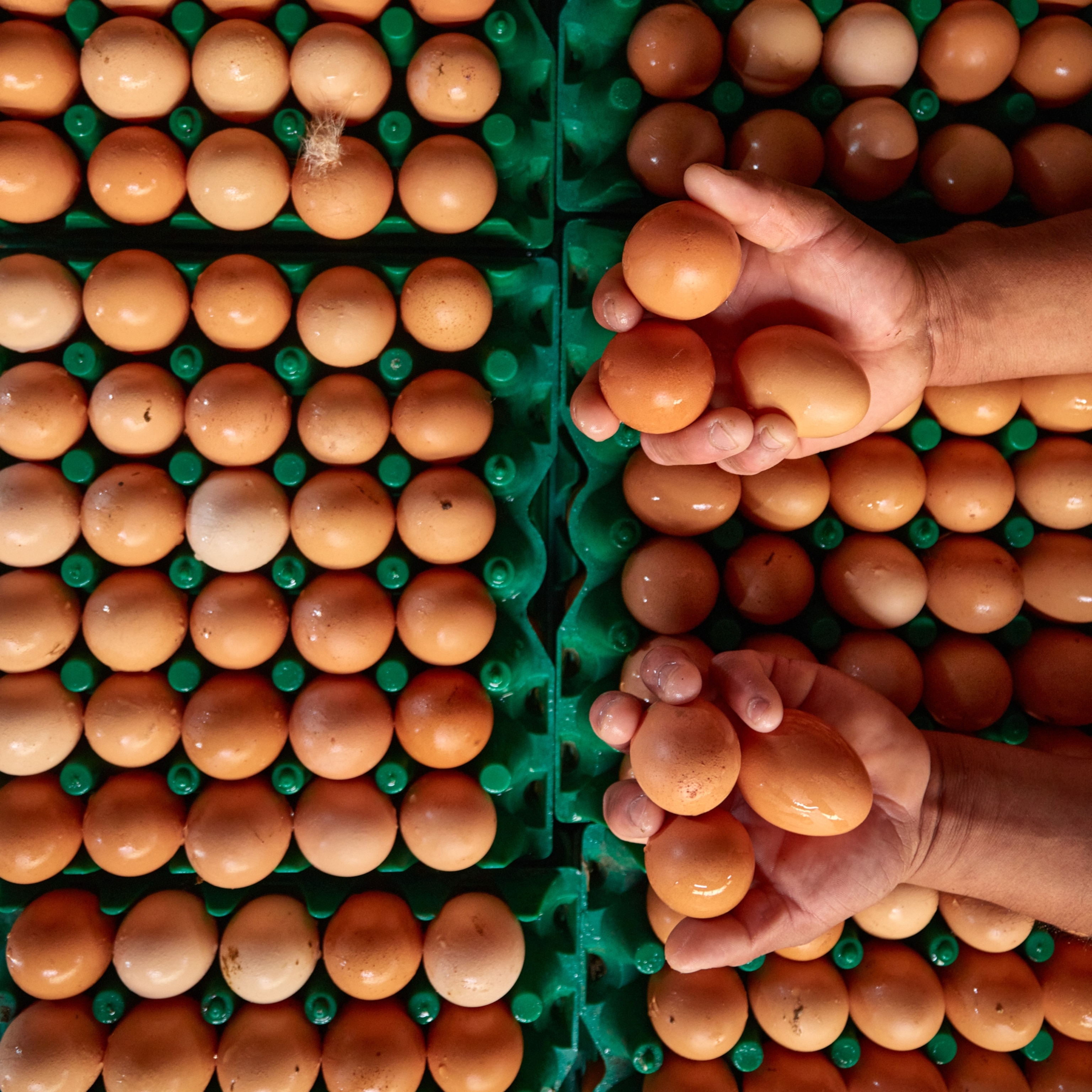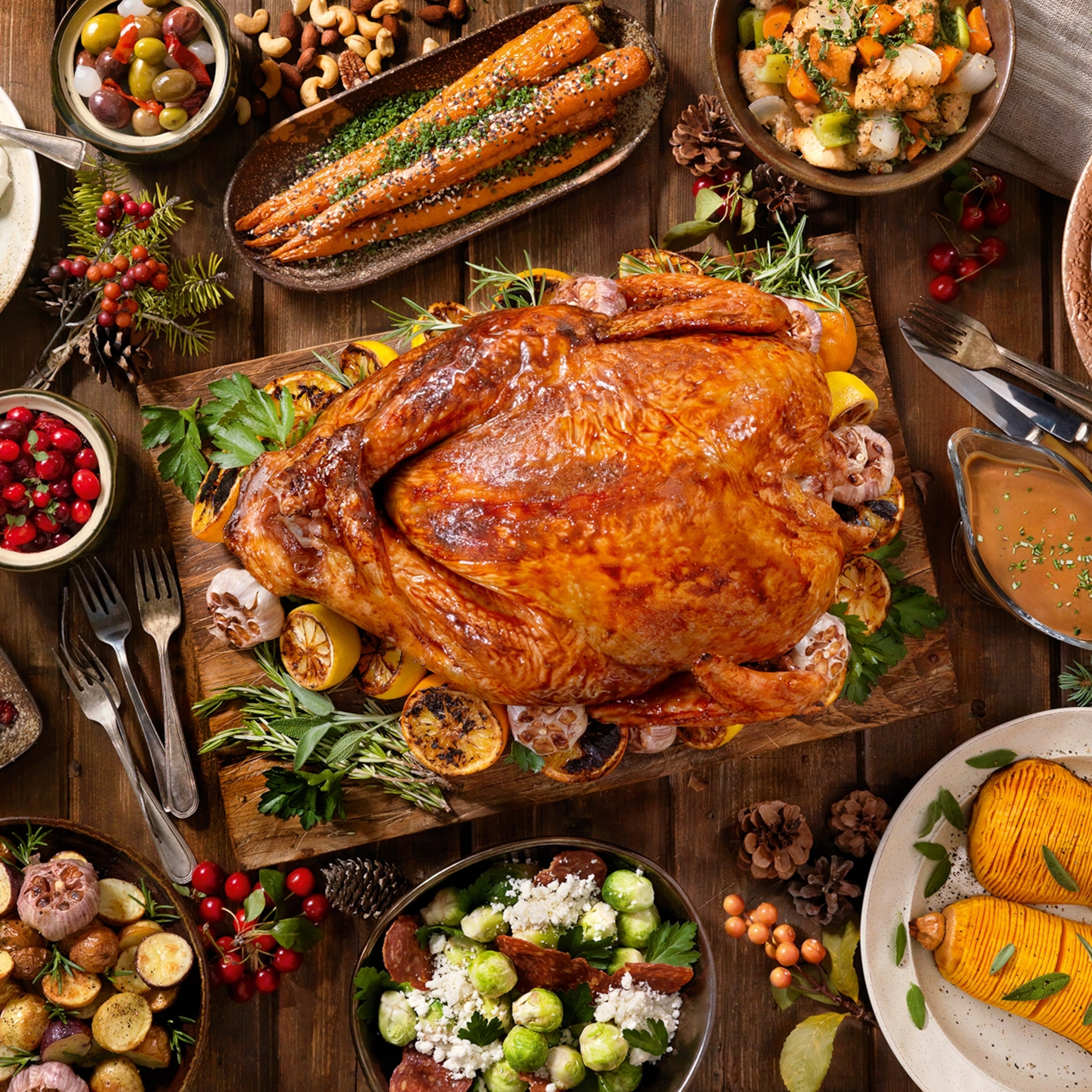
Want a Bird Flu-Free World? Consider Breeding Resistant Birds
The solution to avian flu, the virus responsible for the devastating eradication of chicken and turkey flocks across much of the nation this year, is, as we speak, alive and clucking across the pond.
It’s a chicken.
Genetically modified by a team of researchers in the UK, the bird doesn’t pass the virus on to other birds. Had all the chickens in this country been so modified, the flu virus that hit poultry operations in fifteen states would never have made it past Chicken Zero, the first bird infected.
The flu was first detected in backyard flocks in the Pacific Northwest at the end of last year, and the U.S. Department of Agriculture reports that 48 million birds have now been affected. And, by “affected,” the agency means “slaughtered.” Most of those birds are egg-layers, and the retail price of eggs has been hovering around $2 a dozen since June, up from $1.22 in May. So far, the USDA has spent $500 million helping farmers recover from the losses.
While the U.S. Centers for Disease Control and Prevention says the risk to humans is low, it is possible for people to catch the flu from birds. It’s extremely easy, though, for birds to catch it from other birds. And that’s the problem. If one bird gets the virus, the entire flock is doomed.
That’s where the GM chicken comes in.
Laurence Tiley, a virology specialist at the University of Cambridge who helped develop the bird, explains that the scientists modified the chicken in such a way as to fool the virus into not replicating.
Here’s how it works: The avian flu virus has the ability to replicate itself. It does this by using an enzyme (polymerase) that recognizes a particular sequence on its genome. When the enzyme finds that sequence, it attaches itself, and duplicates it.
The modified bird (Isa Brown chickens, to be precise) has a decoy—a fragment of RNA with the sequence the enzyme is looking for. On its own, the fragment is harmless and inert; it doesn’t affect the bird. But when the bird picks up the flu virus, the virus’s enzyme finds the decoy and duplicates it instead of the virus. The infected bird dies (and Tiley says they’re still trying to pinpoint exactly why), but doesn’t pass the virus on to other birds.
While the bird is still in the lab, and not yet in production, Tiley says it wouldn’t take much to get there. The scientists would have to introduce the modification in a breed of bird used commercially (Tiley estimates that would take 18 months), and then establish a flock from that founder bird (another four years). The decoys are not protected by patents, and when I asked Tiley about ongoing costs, he said, “none.”
Genetic modification isn’t the only way to control avian flu, of course. Last month, USDA Secretary Tom Vilsack announced the development of a vaccine that’s 100 percent effective against the virus in chickens (and is being tested on turkeys).
Henry Wan, assistant professor in systems biology at Mississippi State University, studies avian flu and says the effectiveness of vaccines depends on a whole host of factors—the vaccine itself, the administration, active surveillance, and response of all involved. Vaccinations, he says, “could be useful in circumventing disease.” He warns, though, that “Ineffective vaccination could cause emergence of new viruses,” as the virus adapts.
Then there’s the issue of cost, and the flu vaccine is too new, and its implementation too complex, for anyone to have worked up a reliable estimate. Let’s go with quite a bit (and that’s before you count the potential export loss from our trading partners, some of which won’t import vaccinated birds).
The GM chicken does an end-run around some of these problems (although trading partners who don’t want vaccinated birds may balk at GM birds, too), with the added benefit that the RNA decoy works for all flu strains, because the sequence the replicating enzyme latches on to is common to all of them. Which means that the modification’s usefulness isn’t limited to chickens; it can work in any animal that gets the flu.
“The next animal it makes sense to do is the pig.” says Tiley. It’s a leap of faith, of course, but imagine a world where all pigs and chickens are bred with the RNA decoy. It certainly wouldn’t be a guarantee against human flu pandemics, “but it could help,” says Tiley.
What stands between the GM chicken and commercial implementation is opposition to using genetic modification techniques to mess with animals, a concern Tiley hears often. “The anti-GM community isn’t so much worried about a health risk, but concerns of animal exploitation and tinkering with nature,” he says. “It’s difficult to come up with any assurance that they’re going to accept.”
Tiley doesn’t forsee the GM chicken being introduced into the UK or the U.S. any time soon. “The most likely way these types of animals will be introduces is in countries that have more pragmatic views of GM,” he says: “China, for example.”
A solution to a problem that works in the lab doesn’t always work in the world, and there’s obviously more research needed to figure out the extent to which a genetically modified bird can help protect our poultry flocks’ health. But the gut-wrenching slaughter and tremendous expense that kept making the news week after week this spring should open us up to the possibility.
Tamar Haspel is a food and science journalist. She can be reached on Twitter @TamarHaspel.








